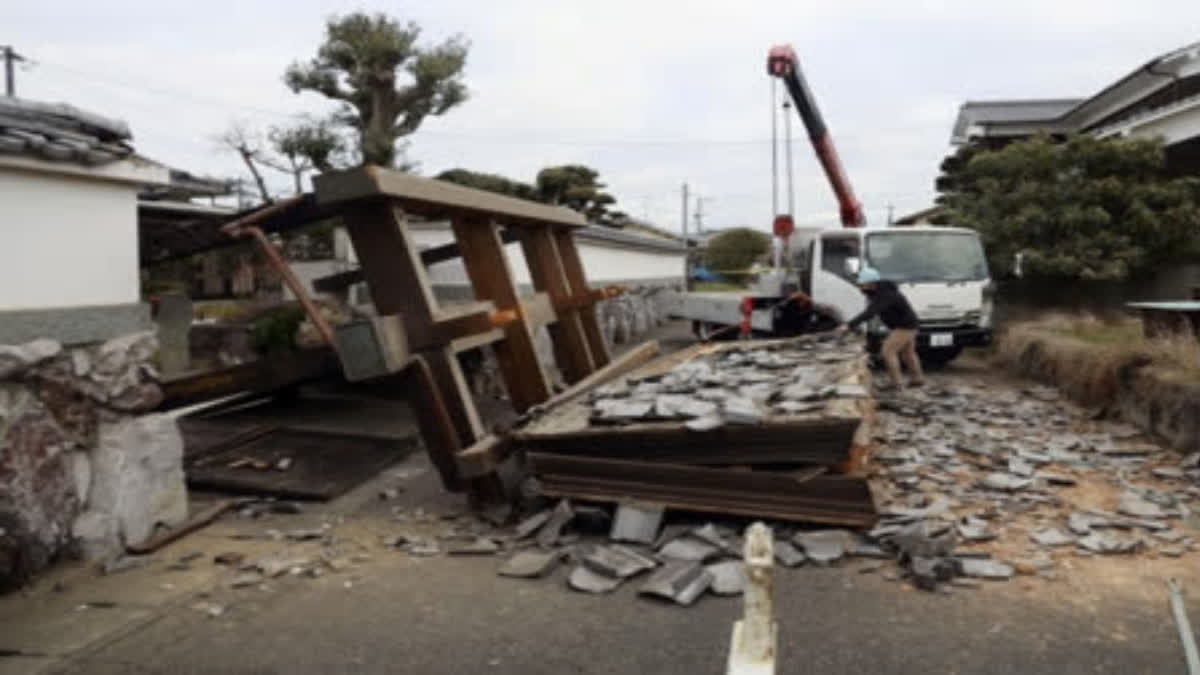Tokyo:The 7.6 magnitude earthquake that hit the western coastline of Japan on New Year's has killed 213 people as of Thursday. Eight of the deaths were at evacuation centers, where rescued people died from injuries and sickness.
Such deaths weren't directly caused by the quakes, fires and mudslides. They happened in alleged safety.
The pressures and stress of living in a place you aren't used to lead to such deaths, said Shigeru Nishimori, a disaster official in Ishikawa prefecture, the hardest-hit region.
Some 26,000 people whose homes were destroyed or deemed unsafe are staying at schools and other makeshift facilities. Even minor rain and snow can set off landslides where the ground is loose from the more than 1,000 aftershocks that rattled the region for more than a week. Half-collapsed homes might flatten.
Shinichi Kuriyama, director at the International Research Institute of Disaster Science, who has studied the earthquake, tsunami and nuclear disaster that hit northeastern Japan in 2011, warned that the chances for death double among populations undergoing a disaster.
He said the number of deaths in Ishikawa evacuation centers surprised him. "I'm really shocked, he said. Communication is key and it appears to be sorely lacking."
Kuriyama said the most vulnerable can be overlooked, missing food that's being distributed, for instance, because they are unaware or can't reach it. He added that Japanese tend to suffer in silence, which can make things worse.
Deaths from the New Year's temblor centered on Noto Peninsula in Ishikawa have climbed daily, as rescue teams pull more bodies from the rubble. Of the deaths, 98 were in Suzu city, 83 in Wajima and 20 in Anamizu, with the rest in smaller numbers among four other towns. The number of missing people declined in recent days and now stands at 52.
